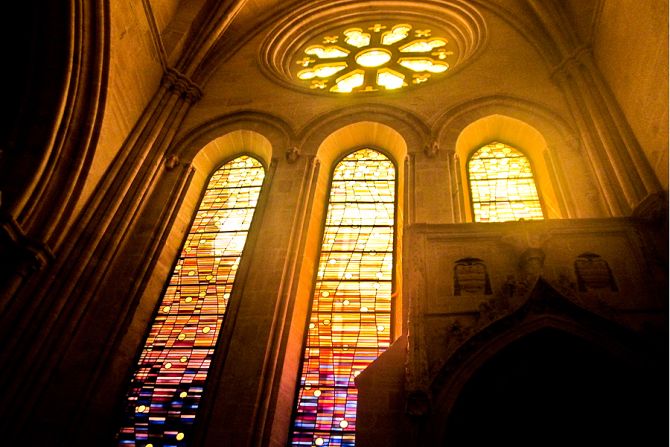CNA Staff, Mar 27, 2024 / 08:00 am
The Visitation to Seven Churches is a Holy Thursday devotion primarily practiced in Latin America, Italy, Poland, and the Philippines — though it is also practiced in many other places.
The devotion involves traveling to seven local churches after the Mass of the Lord’s Supper on the evening of Holy Thursday. These visits recall the final seven places Jesus went from his arrest on Holy Thursday to his death on Good Friday.
In each church, the pilgrim kneels before the altar of repose, meditates on the appropriate Scripture, and offers prayers and adoration. In this way, pilgrims seek to spiritually accompany Christ as he enters his passion.
The first church recalls Jesus going from the Cenacle, where he celebrated the Last Supper with his disciples, to the Garden of Gethsemane, where he earnestly prayed and sweat blood in his agony over what was about to take place (see Luke 22:39-46).
In the second church, the pilgrim meditates on Jesus being taken from the Garden of Gethsemane by the armed crowd to the house of Annas, the father-in-law of Caiaphas the high priest, where he was interrogated and slapped in the face (see John 18:19-22).
In the third church, the prayer focuses on Jesus being brought to the house of Caiaphas, where he was beaten, spat upon, insulted, and endured a painful night in captivity (see Matthew 26:63-68).
The focus of the reflection for the fourth church is the first time Jesus was brought before Pilate, the Roman governor of the region. There Jesus was accused by the Jewish religious authorities of being a rival king to Caesar (see John 18:35-37).
In the fifth church, the pilgrim follows the Lord as he is taken to King Herod, who along with his guards mock him (see Luke 23:8-9; 11).
The sixth church recalls Jesus being taken from Herod and brought before Pilate for the second time and then scourged, crowned with thorns, mocked, and condemned to death (see Matthew 27:22-26).
The last church commemorates Christ carrying the cross on his shoulders from the Praetorium, where Pilate yielded to the crowd’s demand for his crucifixion, to Mount Calvary where he suffered excruciating pain, died, and was laid to rest in a nearby tomb until his resurrection from the dead on Easter Sunday (see Matthew 27:27-31).
This article was originally published on April 1, 2021, and has been updated.






